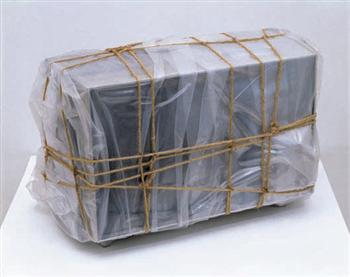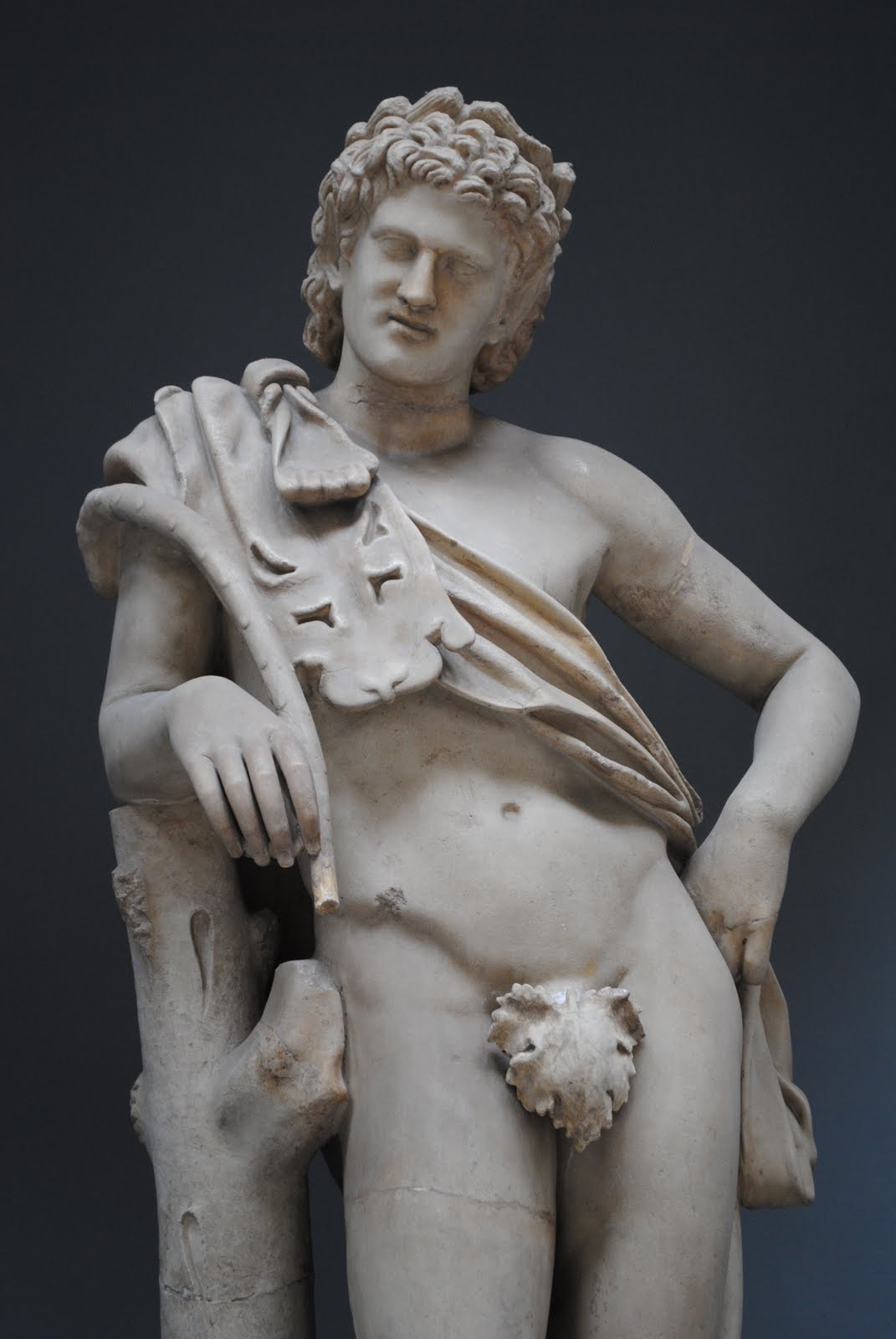By: Victoria France
I’m sure that most of you  read about the recent incident on December 29, 2011 at the Clyfford Still Museum in Denver, Colorado – in which a 36-year old apparently intoxicated woman was seen and later apprehended for punching, scratching and then rubbing her backside on a Still painting at the inaugural exhibition 1957-J-No.2 which the Museum states is valued at $30 million. Yes, the guards were there but she had inflicted the damage before they could stop her. She was charged with felony criminal mischief and held on a $20,000 bond. According to one expert, the damage is listed as $10,000. Blogger Steverno posted on January 6, 2012:
read about the recent incident on December 29, 2011 at the Clyfford Still Museum in Denver, Colorado – in which a 36-year old apparently intoxicated woman was seen and later apprehended for punching, scratching and then rubbing her backside on a Still painting at the inaugural exhibition 1957-J-No.2 which the Museum states is valued at $30 million. Yes, the guards were there but she had inflicted the damage before they could stop her. She was charged with felony criminal mischief and held on a $20,000 bond. According to one expert, the damage is listed as $10,000. Blogger Steverno posted on January 6, 2012:
“The oil-on-canvas abstract expressionist painting was spared additional damage when the woman tried to urinate on it but apparently missed.”
One pundit asked if art vandalism is the new art criticism?
But art vandalism isn’t anything new…remember the Michelangelo Pieta attached by a hammer-wielding man in 1972 claiming he was himself Jesus Christ, or the dynamiting of the Bamiyan Buddhas in 2001 by the Taliban? Those are some examples of well-publicized acts against art………
And as a professional fine art insurance broker of over 20 years, I’ve seen quite a few equally strange “incidents” and attacks on art and collections that didn’t make such headlines. Fine art insurance professionals keep confidentiality for our clients – it is the most important tenet of our business and relationship with our insured - and though I don’t name names or institutions, these are just a few of the more interesting stories from the world of fine art claims that I’ve personally dealt with in the last 20 years and will never forget:
• Jeff Koons has been known for some rather provocative works, with often even more provocative titles. So when several of these works suffered different damage some years ago and reporting the incidents in writing to the Underwriters we had to *BLEEP* out most of the descriptions…underwriters were VERY amused.
• When a large, bulky old-fashion TV set (the kind with the tubes and all), completely wrapped by the artist, Christo, arrived at a  US Customs office on return from a European loan, the customs officers were bound and determined to find out just what was hiding under all those wrappings, and, you guessed it, they completely unwrapped the TV set. As I recall, the artist declined to re-wrap, as he was not in that phase of his oeuvre any longer.
US Customs office on return from a European loan, the customs officers were bound and determined to find out just what was hiding under all those wrappings, and, you guessed it, they completely unwrapped the TV set. As I recall, the artist declined to re-wrap, as he was not in that phase of his oeuvre any longer.
And though not vandalism, but equally curious:
• The Museum that exhibited works of art by an artist who sometimes used “found biological material” (which is sometimes known as road kill) in the works of art – found upon opening the galleries again after being closed for weekend that their air conditioning system had failed during that time, and the work of art was spawning flies!
• And I will always remember the story my art history professor, Dr. Richard Carrott at University of California Riverside, as he would delight in regaling his students with the story of the early 1950’s when he was a young art history professor at Sweet Briar College, Sweet Briar, Virginia. He was suddenly summoned by the US Customs office to New York to consult on a very sensitive issue. The Vatican in Rome had loaned some Greek and Roman sculptures to a US Museum, in a previous shipment. These sculptures had been “altered” in an earlier century by replacing the sculpted figure’s private parts with metal fig leaves and such. But in a later shipment to the US Museum, the Vatican sent a box of  these previously removed private parts which had been kept in Vatican storage – with no indication of which sculpture they originally were attached to – and the arrival of this box certainly sent the US Customs office into a state. Was this pornography?! US Customs was about to refuse the package and return it to the Vatican when it was suggested they confer with the fine art expert, Dr. Carrott, who managed to convince the US Customs officials that these objects were art and that they were all to be returned to their rightful individual owners. Customs allowed the box to enter. Dr. Carrott claimed the restoration of the body parts to their original sculptures was an on-going and secretive project.
these previously removed private parts which had been kept in Vatican storage – with no indication of which sculpture they originally were attached to – and the arrival of this box certainly sent the US Customs office into a state. Was this pornography?! US Customs was about to refuse the package and return it to the Vatican when it was suggested they confer with the fine art expert, Dr. Carrott, who managed to convince the US Customs officials that these objects were art and that they were all to be returned to their rightful individual owners. Customs allowed the box to enter. Dr. Carrott claimed the restoration of the body parts to their original sculptures was an on-going and secretive project.
And one final story about El Dildo Bandito as reported by Melanie, Asmar, January 6, 2012, in Denver Westward Blogs.
• Way back in 2001, 49-year old Robert Rowan a.k.a. El Dildo Bandito, absconded with 22 colorful ceramic penises that had been hung on a clothesline in the Boulder Public Library as part of an art exhibit on domestic violence. He was mad about an unrelated decision by the library not to hang a large American flag outside for fear it might offend someone. In the penises’ place, he left a note: “El Dildo Bandito was here.” And a flag.
Victoria France
Managing Director, Fine Art Division
Robertson Taylor International Insurance Brokers
Sherman Oaks, CA
Victoria brings more than 23 years experience in the fine arts and collections insurance field, in addition to her prior professional museum and art gallery experience. Victoria serves on the Board of Directors of the Western Museums Association; and the University of California, Riverside, Dean’s Advisory Council for the College of Humanities, Arts, and Social Sciences, and UCR ArtsBlock Committee.








Comments
love it!
Nice read for a Friday afternoon. While not so much fun for the real players in all of these instances, these stories show just interesting our relationships with objects can be. Thanks for posting.
As a former art handler, I have seen some wacky things involving art (and heard about more!). With stories like these, I always wonder what people were thinking? Sadly, I think more often than not, they weren't. I guess that's why there's insurance. Thanks, Victoria (for insuring art and the blog post)!
Thanks, Victoria, for sharing these priceless stories. They sound like fiction...but aren't!
Add new comment